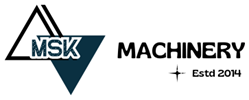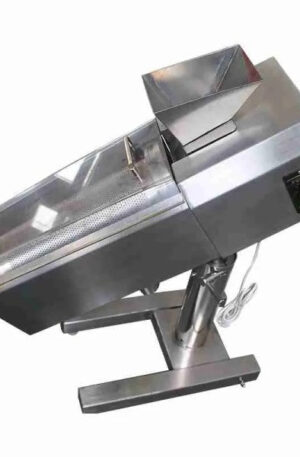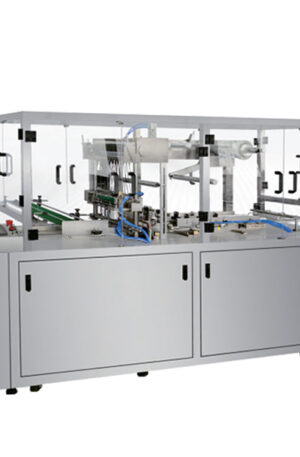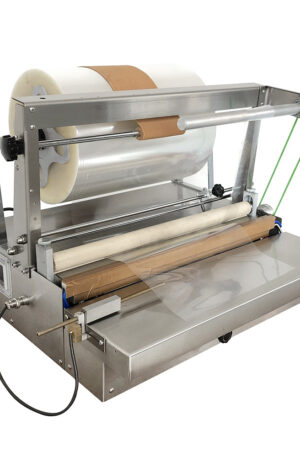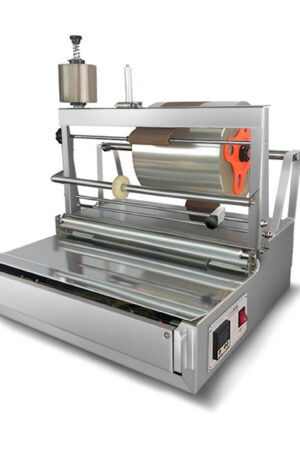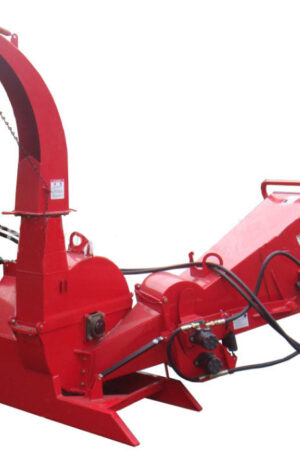Title: The Evolution of Pharmaceutical Machinery: A Look Into the Future
Pharmaceutical machinery has revolutionized the way medications are produced and distributed, with advancements in technology continually shaping the industry’s future. Among the key machines in pharmaceutical manufacturing are the table press machine, capsule filling machine, and TDP (Tablet Compression Machine) and THDP (Tablet and Capsule Dual-purpose Machine). These machines play crucial roles in ensuring the efficiency, accuracy, and safety of pharmaceutical production processes.
The table press machine, also known as a tablet press or pill press, is fundamental in the production of compressed tablets. This machine utilizes mechanical or hydraulic force to compact powdered ingredients into solid forms. With advancements in technology, modern table press machines offer a higher level of automation, precision, and control, resulting in faster production speeds and improved product quality. Controlling parameters such as compression force, tablet size, and weight has become more precise and customizable, allowing pharmaceutical manufacturers to meet strict regulatory standards with ease.
In parallel, capsule filling machines have also seen significant advancements over the years. These machines are designed to accurately fill empty capsules with powdered, granular, or liquid medication. The evolution of capsule filling machines has led to increased efficiency, reduced waste, and enhanced flexibility in pharmaceutical production. Modern capsule filling machines are equipped with features such as automatic sorting, filling, and sealing mechanisms, as well as the ability to handle a wide range of capsule sizes and materials. This versatility allows pharmaceutical companies to meet various production demands while maintaining product quality and consistency.
The TDP (Tablet Compression Machine) and THDP (Tablet and Capsule Dual-purpose Machine) are two innovative machines that have further optimized pharmaceutical manufacturing processes. The TDP machine is specifically designed for high-speed and high-volume tablet production, offering a compact design and user-friendly operation. On the other hand, the THDP machine combines the functionalities of both tablet pressing and capsule filling in a single machine, providing pharmaceutical manufacturers with increased production flexibility and cost-effectiveness.
Looking ahead, the future of pharmaceutical machinery is promising, with ongoing research and development efforts focused on enhancing automation, reducing production costs, and improving product quality. Innovations such as artificial intelligence, machine learning, and 3D printing are expected to further transform the pharmaceutical manufacturing landscape, making processes more efficient, sustainable, and tailored to meet the needs of the rapidly evolving healthcare industry.
In conclusion, the evolution of pharmaceutical machinery, including table press machines, capsule filling machines, TDP, and THDP machines, has significantly contributed to advancing the production of medications. With continuous technological advancements and innovation, the pharmaceutical industry is poised to embrace a future where precision, efficiency, and quality are paramount in drug manufacturing processes.
